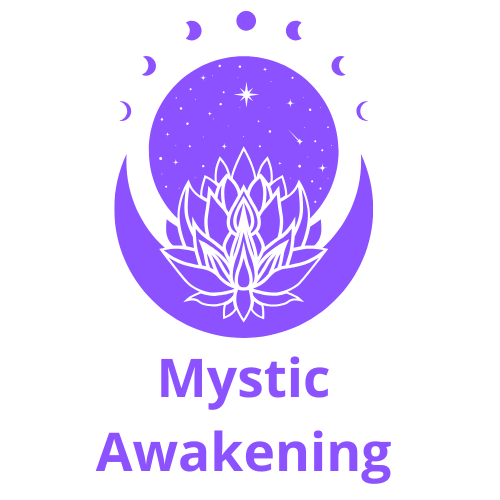
Definitive Ritual: Close Past Wounds with Fire and Writing
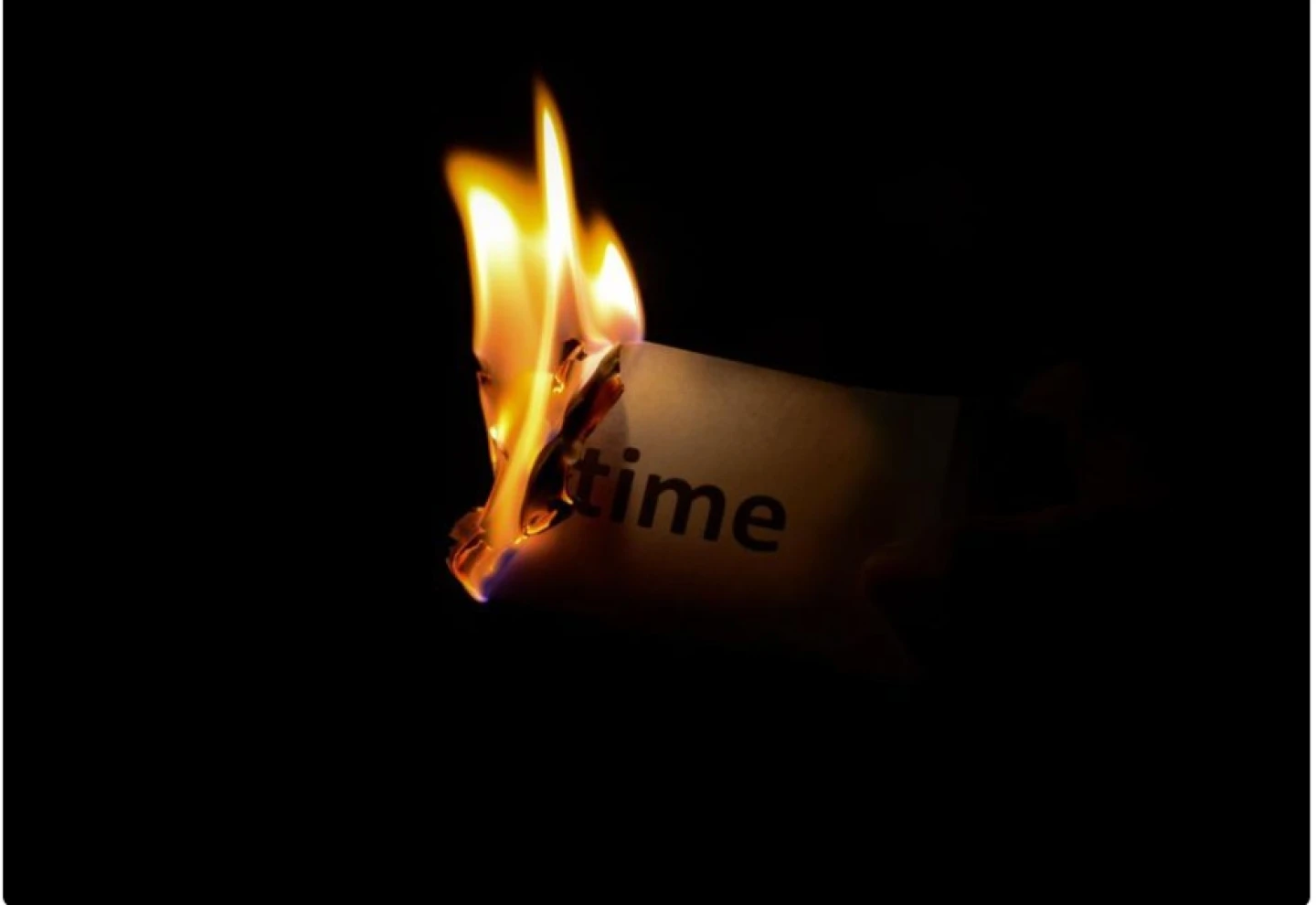
In our journey through life, the scars of the past can weigh heavily on our hearts, often preventing us from fully embracing the present. This article introduces a transformative ritual that uses two powerful elements—fire and writing—to help close the wounds of past traumas. By engaging both your emotions and inner voice, this method paves the way for healing, self-reflection, and renewal. In each step and tip, you will discover a time-tested approach that has helped countless individuals process grief and find closure. This definitive ritual is designed to be a beacon of hope for anyone ready to reclaim inner peace and turn the page on painful memories.
Understanding Past Wounds
Past wounds often manifest as lingering emotions that continue even after the original events have faded from memory. In the context of rituals, acknowledging these scars is the first step on the road to healing. Unresolved grief and trauma can block personal growth and obscure true joy. Understanding the nature of these wounds prepares you for a deeper exploration of their origins, opening the door to transformative change.
It is crucial to explore your emotional history with care and self-compassion. This ritual invites you to look within and identify moments that have left a lasting impact, not to relive the pain but to catalyze a meaningful release. Embracing every emotion—whether sorrow, anger, or regret—honors your past while setting the intention to move forward. Healing begins with acknowledgment, making this step essential for anyone ready to reshape their inner narrative.
Achieving mental and emotional clarity starts by confronting the residual effects of past trauma. With a compassionate mindset, review those memories through a lens of understanding rather than judgment. This sometimes challenging process completes the picture of your inner world. Remember, every wound has a story that, once understood, can become a stepping stone toward personal evolution. Recognizing your past is not a sign of weakness but a courageous step toward liberation.
Preparing Your Ritual Space
The environment in which you perform your ritual is key to fostering a transformative experience. Begin by creating a sacred space that speaks to your inner needs for closeness, safety, and release. This space can be as simple as a quiet corner in your home filled with objects that hold deep personal meaning. Setting up this area intentionally helps focus the energy on healing and renewal.
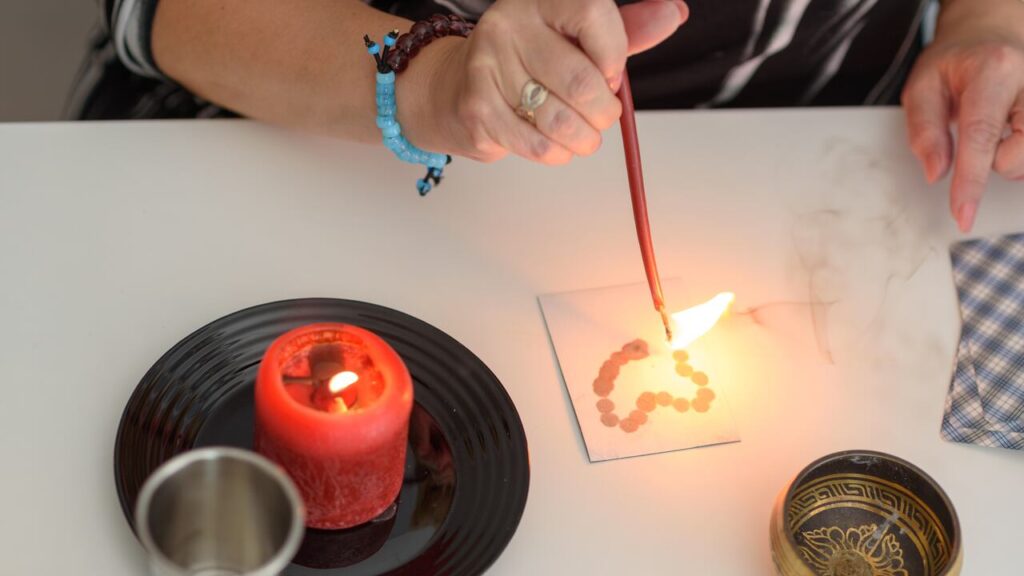
When preparing your ritual space, pay attention to details like lighting, temperature, and sensory cues that encourage relaxation. Soft ambient light, a subtle aroma from incense or essential oils, and calming background music can help you enter a state of deep calm. As every detail—from the candle colors to the texture of your paper—is chosen mindfully, the power of your environment supports your emotional and spiritual journey.
Cleaning your space of physical and mental clutter further enhances concentration during the ritual. As you tidy and arrange your selected items, visualize each piece as a symbol of your commitment to healing past wounds. Personal mementos and cherished tokens boost the emotional resonance of your ritual, making every aspect feel intentionally curated to assist you on your path to closure.
Creating a Safe Environment
A safe space is one where you feel empowered to express your deepest emotions. In this sanctuary, negative energies are replaced by calm and positive vibrations, ensuring that you feel protected and at ease.
Eliminate potential triggers and reinforce the notion that in this space, you are in control. Consider including protective symbols such as crystals or talismans that resonate with your personal journey and enhance your sense of security.
Tools and Materials for the Ritual
Before beginning, gather all necessary tools: quality paper, a pen or pencil that feels right in your hand, and safe elements for the fire such as candles or a controlled outdoor fire pit. Each item plays an important role in channeling your intentions.
The act of selecting and setting up these materials brings a strong sense of purpose to your ritual. Every detail matters, as these objects become conduits for the transformative power of fire and writing.
The Writing and Fire Ritual: Step-by-Step
Once you have prepared both yourself and your environment, you can begin the core ritual: a fusion of reflective writing and the symbolic power of fire. Start by writing down the experiences, memories, or painful emotions that have shaped who you are today. Allow your heart to flow onto the paper without worrying about style or grammar. This raw, unfiltered process facilitates catharsis and paves the way for transformation.
After capturing your emotions on paper, move to the next phase: the element of fire. Fire has long symbolized renewal and purification. As you ignite your written expressions, visualize how the flames consume the pain, transforming it into ash. This vivid imagery aids you in severing ties with the past, clearing the way for fresh beginnings. Always maintain a safe distance from the flames and let the act of burning symbolize your liberation.
It is advisable to use a fire-resistant container or conduct the ritual outdoors in a controlled setting where safety is paramount. Each action in this ritualistic performance is intentional, honoring your journey. While the physical act of burning catalyzes the process, your internal reflection drives the emotional transformation. This step-by-step guide offers not just a farewell to old sorrows, but a warm invitation to nurture inner strength and embrace future possibilities.
Step One: The Writing Phase

Find a quiet place to reflect and write down every emotion and memory that refuses to fade. This unfiltered flow of words is the raw material for your healing process.
Remember, this is a private conversation with your inner self. Let your thoughts flow freely without self-judgment, focusing on truth and authenticity.
Step Two: The Fire Phase
After completing your writing, carefully move your paper to a safe area for burning. As you ignite it, envision the flames consuming not only the ink but also the pain and burdens of the past.
Observe the transformation as the paper burns—this powerful act symbolizes the incineration of old wounds, with the resulting ashes marking a clear departure from previous hurts.
Integrating the Experience into Daily Life
The final stage of your ritual is about incorporating the insights gained into your everyday routines. By integrating these revelations into daily life, the transformative energy of the ritual continues to heal and uplift you. Simple practices like journaling, meditation, or mindfulness exercises can reinforce the positive energy you have unlocked.
Following the intense ritual, allow yourself time for self-care. Reflect on your journey by revisiting your writings or meditating on the symbolism of letting go and starting anew. Consistency is key to deepening and sustaining the transformation. Over time, as these practices become part of your daily routine, you will notice subtle yet profound shifts in your overall outlook.
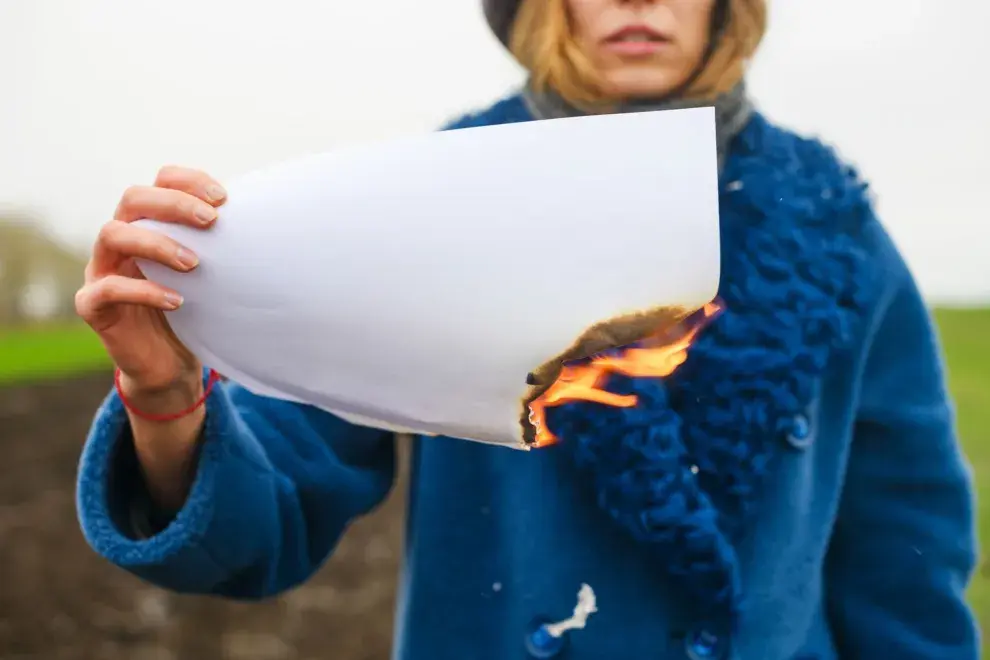
Enhance your healing journey by connecting with supportive communities or groups that share similar experiences. These social connections validate your process and introduce you to new methods for personal growth. Whether through adjusting your ritual or renewing your commitment, remember that healing is continuous. Celebrate every progress point and trust that each small step is a part of your larger journey toward self-restoration and resilience.
Practical Daily Practices
Develop a morning routine that includes deep breathing, reflection, or a condensed writing exercise inspired by your ritual notes. These practices help you reconnect with the healing energy generated during your ritual.
Engage in physical activities such as yoga or nature walks to create an environment that continuously supports your well-being.
Seeking Support and Community
Consider joining local or online support groups centered on ritual practices and healing. Sharing your journey not only validates your experiences but also offers fresh insights into personal growth.
Community support reinforces the idea that you are not alone in this journey. Community healing amplifies the transformative power of your personal ritual experience.
Contenido Adicional
To deepen your understanding of rituals and their role in healing past wounds, explore additional techniques that blend modern psychology with ancient traditions. Practices such as guided meditation, art therapy, and energy clearing can complement your main ritual, enriching your overall approach to personal transformation. Each method contributes uniquely to a holistic healing journey that is both empowering and liberating.
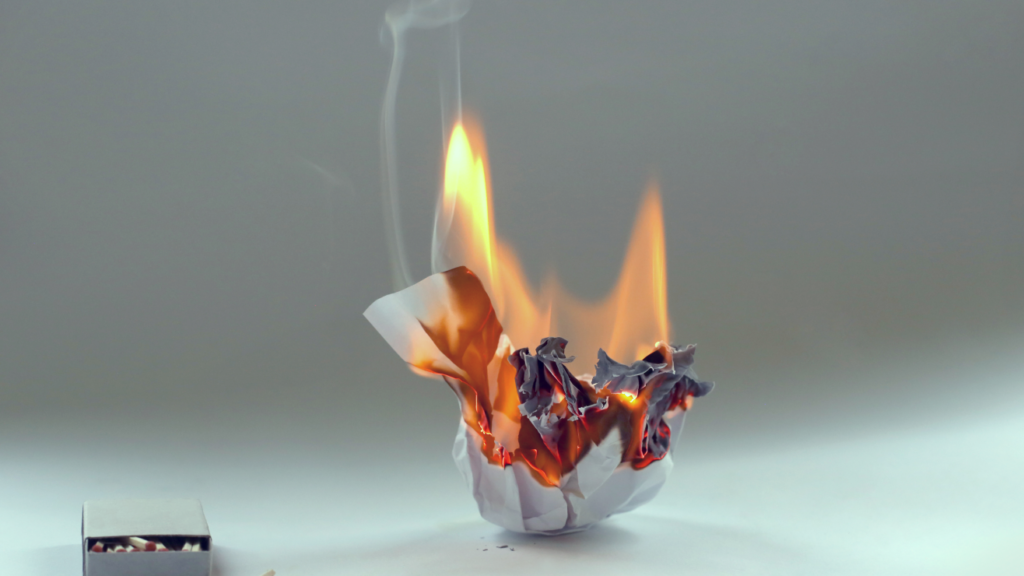
Today's digital age offers a variety of platforms and communities where people share their experiences and progress after similar rituals. Attending virtual workshops or following certified practitioners on social media can provide new insights and inspiration. Additionally, reading books and scholarly articles on the psychological benefits of ritualistic practices can further illuminate why these methods remain timeless. Incorporate these additional resources into your healing process, knowing that every small step contributes to lasting change.
Maintaining a reflective diary or blog about your ritual practices can be a powerful way to track personal evolution. Documenting your journey not only serves as an archive of growth but also helps others who face similar challenges. Every story adds another layer to the complex tapestry of human experience and healing. Embrace these extra practices as part of your ongoing commitment to well-being, letting your ritual evolve into a living, breathing part of your everyday life.
In conclusion, integrating fire and writing into your ritual practice can deeply transform your ability to process and release the past. Embracing this method allows you to confront old wounds and ignite a new chapter of self-acceptance and empowerment. Remember that healing is a journey—one that requires patience and self-compassion. Every step taken is a victory, and as you continue to evolve, you will see that the ritual not only closes old chapters but also opens doors to a brighter, unburdened future. May the warmth of the flame and the catharsis of your words guide you toward lasting inner peace.
